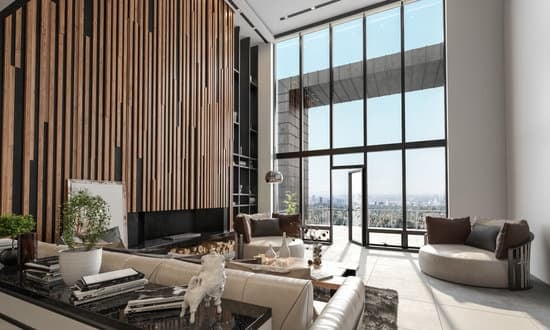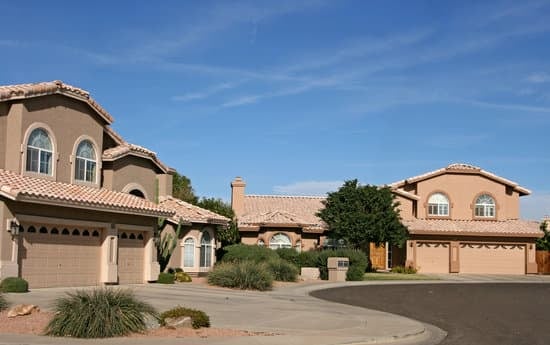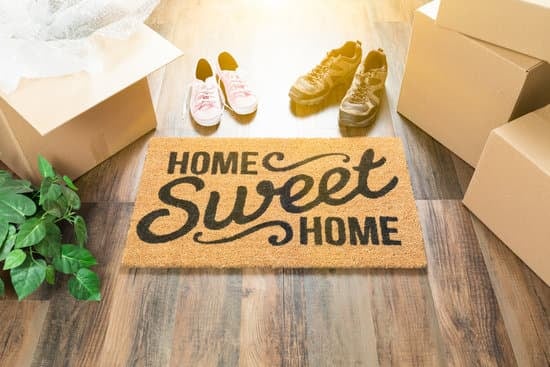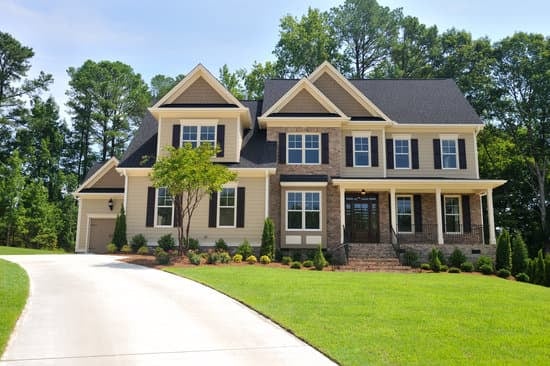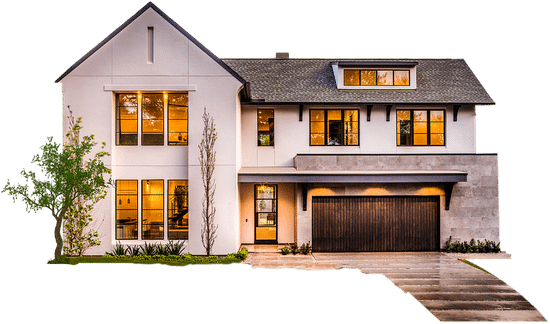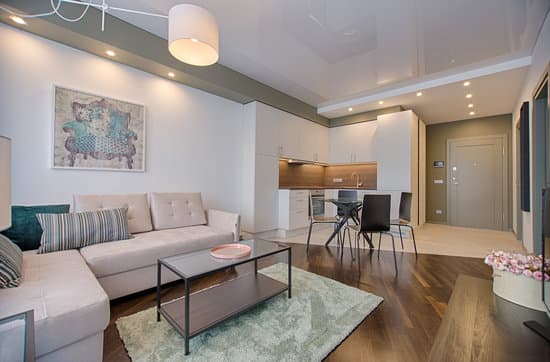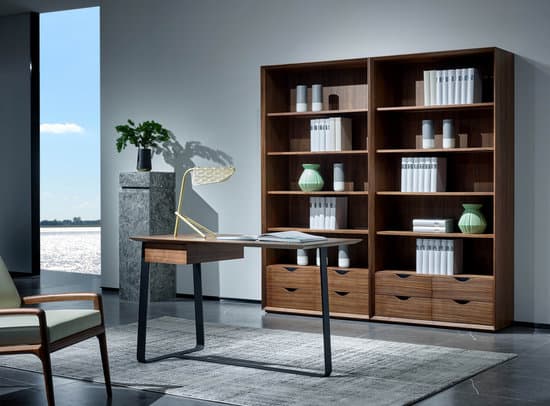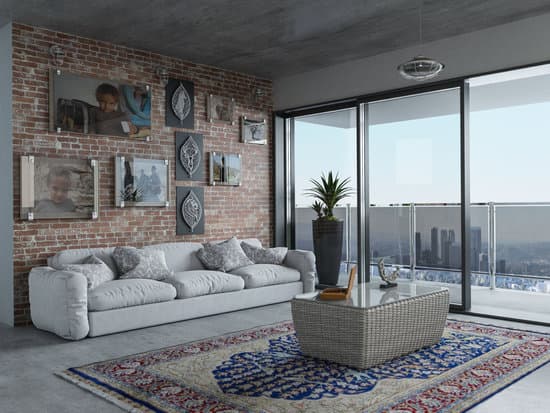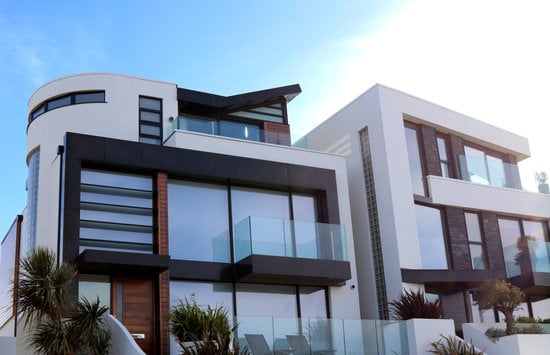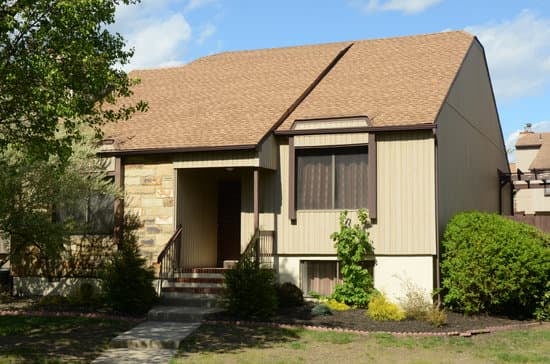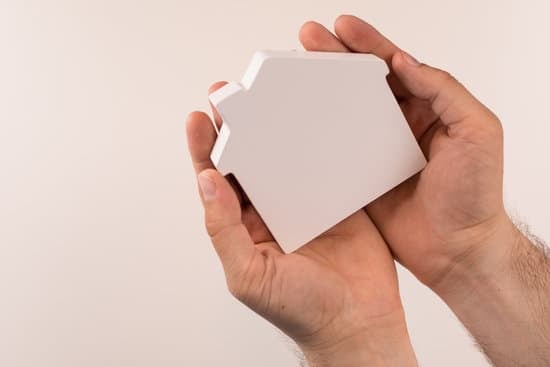Why Not to Buy a Log Cabin?
High Construction Costs
Log cabins may look beautiful among the natural surroundings, but they come with a hefty price tag. The cost of materials for constructing a log cabin is generally more expensive than traditional building materials. The specialized labor necessary for building a log cabin also adds an additional cost. Moreover, you will need to factor in the cost of obtaining permits and approvals from the local authorities. All these expenses combined can add up quickly and make this option less feasible for many homeowners.Regular Maintenance Required
Log cabins may look sturdy and durable, but they require regular maintenance to maintain its appearance and structural integrity. You will need to maintain the logs properly to avoid moisture buildup, rot, and damage. Additionally, the roof, windows, and doors, which are not made of logs, will also require some upkeep. This upkeep often requires hiring a professional, which adds more costs to the upkeep of the cabin.Examples of regular maintenance required:
- Sealing or staining logs to prevent moisture buildup and rot
- Replacing damaged logs in the walls or roof
- Fixing leaks or damages in the roof
- Regular cleaning of gutters to prevent blockages




